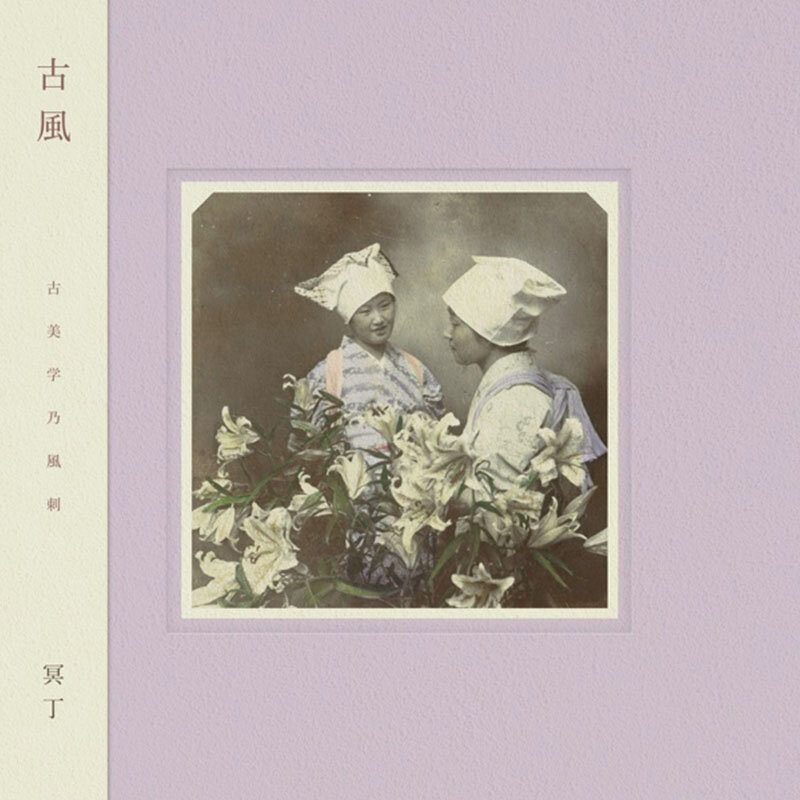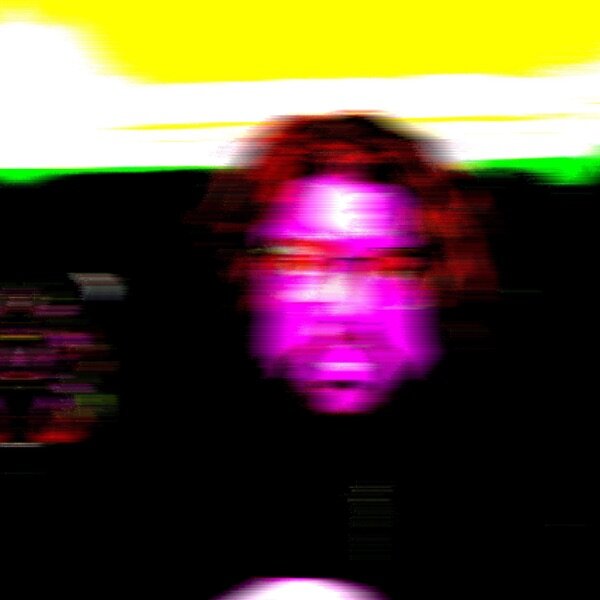Meitei : Sadayakko
Metei
Sadayakko
Meitei’s tracks are sonic rituals of historical reverence. In his quest to rediscover and reinterpret lost Japanese moods, the Hiroshima ambient producer’s discography has conjured a distinctive aural world draped in ukiyo-e-like yugen – from Kwaidan’s (Evening Chants) studies of folkloric haunts, to Komachi’s (Metron Records) serene, arcane nightscapes. On Kofū, the finale to his trilogy released on established Singaporean outpost Kitchen Label, he expands his scope, attempting to craft a satire of Japanese aesthetics as a whole. Yet by subverting his own techniques and methods, Meitei manages to create his best work yet – a poignant work of art that invokes faded memories surprisingly through a surreal recreation of Japanese past.
Of the album’s 13 tracks, Sadayakko is one of Kofu’s centrepieces, embodying its most strikingly different quality compared to his past work. Named after famed pre-war theatre actress Kawakami Sadayakko, the track vividly reimagines the circumstances that surrounded her life and career. Like an ecstatic dance sequence, the track prances along at a jaunt-like pace, accelerating while alternating between spliced string samples and playful bass. As the track progresses, the story is told by two voices that shuffle between one another – “Japanese people,” a man’s voice constantly repeats in English, reflecting the Western admiration (and near-fetishization) for Japanese arts and culture during the period. Yet, the track only replies once in Japanese – ”o-machidosama,” a subservient expression. As an actress, the playful nature of the track reflects the performative appeal of her work and persona– yet under a distorted patriarchal lens, her true self is ultimately a misunderstood one.
Sadayakko stands alongside three other tracks that are dedicated towards forgotten female lives. Nyobo aims to present the toils of working-class women, while two tracks are dedicated to Oiran, the names given to courtesans that worked within Edo’s red-light districts. Sadayakko is the most poignant of the four, but all of them serve as departures from Meitei’s previously meditative approaches. By employing techniques belonging to the hip-hop vernacular – J-Dilla-esque sample splicing and subtle, yet propulsive rhythms crafted with manipulated metallic timbres – these tracks stand out from the tracklist. It’s unfamiliar territory for Meitei, but its sense of activity gives room for the other tracks’ tenderness to thrive.
With this newfound vibrancy and the context set by these past characters, Kofu’s meditative moments become even more powerful. When given context, these moments – from the haunting grace accompanying Urameshi-ya’s reverberating pianos, to the cinematic darkness of “Shonen” – feel like reveries from lost times. But perhaps the most emotionally affecting of all is Gen’ei (Illusion). Amidst his glass-like soundscapes, one word slips through the cracks – “demo,” (but). Through the lens of the fractured, whispered sample, a sense of hesitancy emanates from the woman’s voice, and situated within a cultural landscape of smoke and mirrors, her voice feels painfully genuine. Like Sadayakko, Kofu’s women lived a fragile balancing act between the performative and painful, carefully surviving tatemae and honne as they navigated imposingly patriarchal social structures and difficult working conditions. Through his juxtapositions in genre, Meitei uses Kofu’s tracks as metaphor for the duality that lay behind Japanese society of old, and even persists today at its core. Just like the multitude of voices that ‘Sadayakko’ contains, this duality persists throughout the album, and becomes the album’s central thesis.
Translated literally, Kofu translates as ‘in the style of the ancient’. In interviews, Meitei has stated his anger on how Japanese music has become more akin to ‘Tokyo music’ – losing sight of Japan’s original sceneries and cultural touchpoints. Yet ironically, despite Kofu being the most overtly and specifically Japanese in subject matter, it is the most un-Japanese in its presentation, employing a foreign, hip-hop-like sensibility in stark contrast to its mission. But by highlighting these lost voices of the past through modern techniques, Kofu’s reimagined fragments of the past become less of impressionistic nostalgia, and more snippets of universal human experiences trapped within a liminal space, unhindered by time.
For Kofu’s stories, Meitei’s choice to sample external sound sources emotionally affected him to the point of tears – as listeners, the samples allow us to relate to these faded memories, making them all the more emotionally poignant. As these past Japanese lives are forgotten like Sadayakko’s, Meitei’s reimagined past becomes less about specifics, but emotional windows into the spirits of painfully human stories that once were. If the past is to never return, Meitei reminds us that the least we can do is to remember their soul.





